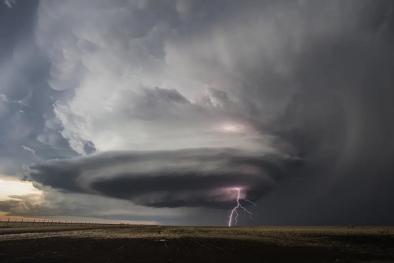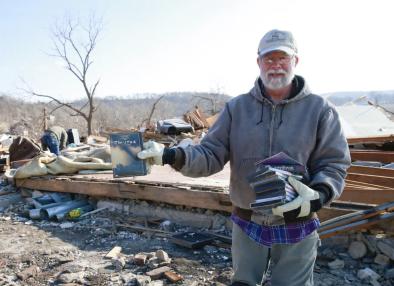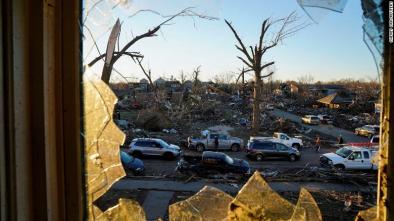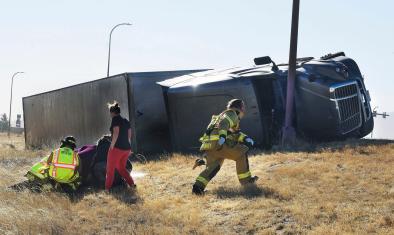Tornadoes are spinning up farther east in US, study finds
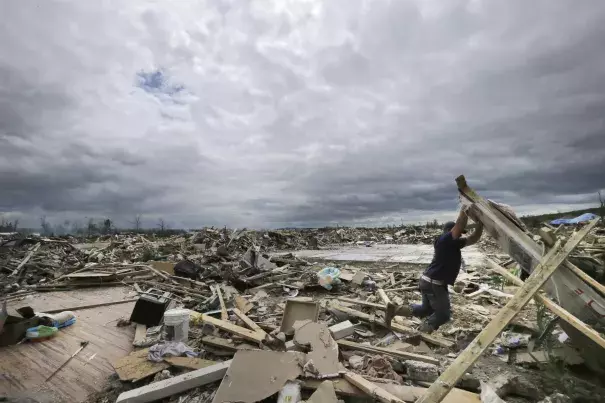
Over the past few decades tornadoes have been shifting — decreasing in Oklahoma, Texas and Kansas but spinning up more in states along the Mississippi River and farther east, a new study shows. Scientists aren’t quite certain why.
Tornado activity is increasing most in Mississippi, Arkansas, Tennessee, Louisiana, Alabama, Kentucky, Missouri, Illinois, Indiana, Wisconsin, Iowa and parts of Ohio and Michigan, according to a study in Wednesday’s journal Climate and Atmospheric Science. There has been a slight decrease in the Great Plains, with the biggest drop in central and eastern Texas. Even with the decline, Texas still gets the most tornadoes of any state.
The shift could be deadly because the area with increasing tornado activity is bigger and home to more people, said study lead author Victor Gensini, a professor of atmospheric sciences at Northern Illinois University. Also more people live in vulnerable mobile homes and tornadoes are more likely to happen at night in those places, he said.
...
Why is this happening?
“We don’t know,” Gensini said. “This is super consistent with climate change.”
As the Great Plains dry out, there’s less moisture to have the type of storms that spawn tornadoes, Gensini said. Tornadoes form along the “dry line” where there are more thunderstorms because there’s dry air to the west and moist air from the Gulf of Mexico to the east.
That dry line is moving east.
“This is what you would expect in a climate change scenario, we just have no way of confirming it at the moment,” Gensini said.
Gensini said unless there are specific detailed studies, he and others cannot say this is caused by global warming, just that it looks like what is expected.
Related Content
